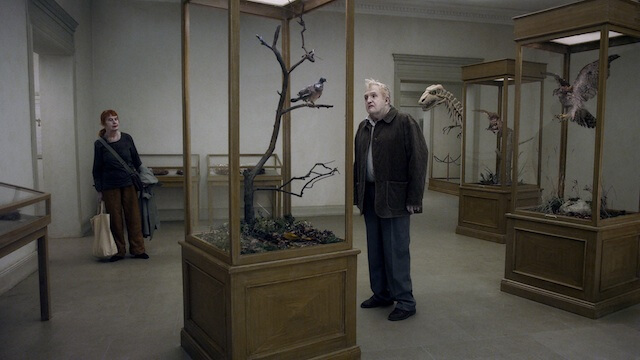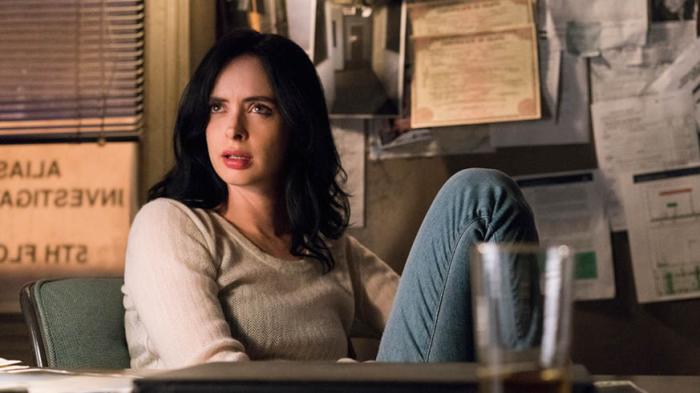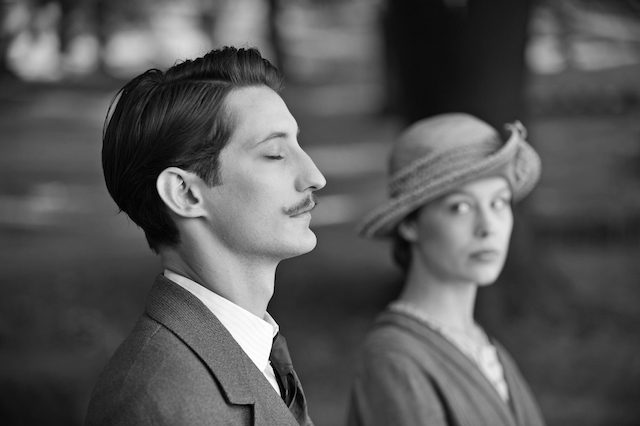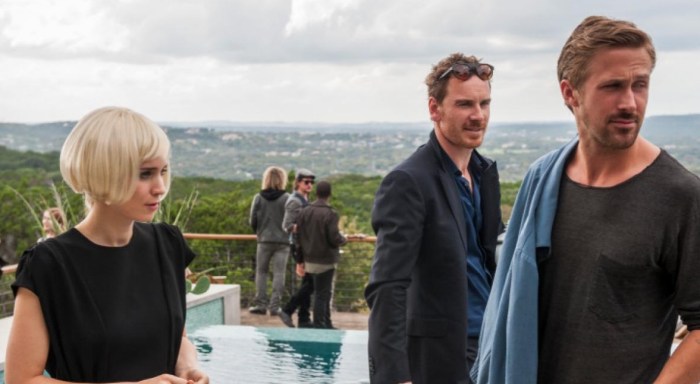‘A Pigeon Sat on a Branch Reflecting on Existence’ The Swedish filmmaker Roy Andersson has made commercials so good even Ingmar Bergman was a fan. Part Beckett, part Tati, they’re deadpan delights, blackout sketches that tend to be comprised of one take, stiff actors, lots of hilarious dead air and some mundane calamity. His films are the same, only grimmer. Sad, bleak comedies, the three movies he’s made since 2000 — he directed two very different ones in the 1970s — form a loose trilogy detailing not a story a single vision, one by turns hilarious and bleak, though usually both at once. They laugh at death, loneliness, failure, desperation, obsession, chasmic class gaps, animal torture, murder and other woes that shouldn’t be funny and perhaps, in a sense, aren’t. The new “A Pigeon Sat on a Branch Reflecting on Existence” — like 2000’s “Songs from the Second Floor” and 2009’s “You the Living” — is more of the same, only slightly different. (That is to say you don’t need to see the others to see this one.) Again, we get a series of tableaux one takes, each a marvel of timing, camera placement and actor movement (though usually non-movement). Sometimes they’re a gag, just like in his commercials, or a full-on sketch. In one of “Pigeon”’s first bits, a cashier wonders what to do when her customer falls over dead. Does anyone want the shrimp sandwich and/or beer he paid for right before croaking? That’s the most classically Pythonesque of the episodes. Others build a kind of narrative out of repetition. The first time we see two tired salesmen wearily try to peddle party gags, like vampire teeth and a truly nightmarish mask they call “Uncle One-Tooth” (“We want to help people have fun,” they announce with anti-enthusiasm), it’s funny. But Andersson keeps bringing them back, again and again and again, until their desperation goes from funny to tragic, then to funny again, then back to sad. He uses no close-ups, the device that’s the best way to cinematically convey compassion. He keeps his distance, yet we come to care about them anyway, as much as we can considering we can barely make out their faces. Their arc is as close to a story that ever materializes. The episodes tend to be disconnected, occasionally with recurring characters slowly traversing (though often standing still in) urban interiors so drab they make Communist-era Eastern European buildings look like hippie dorm rooms. “Pigeon” resists a unified interpretation, allowing instead for little ideas to crop up here and there. History’s effect on the present is made literal in the film’s most absurdist bit, in which 18th century King Charles XII and his army materialize at a modern-day bar, kicking out the women and finding the bathroom occupied. The film’s most galvanizing scene comes late, with slaves murdered in elaborate fashion as trivial entertainment for the wealthy and frail. You can sense, in this latter sequence, and in one in which a character joylessly stares at museum exhibits, a critique of our own voyeurism. This episode may be heavyhanded, but that’s intentional: It’s supposed to be out of place, to shake us from the calm the film has patiently lulled us into. Suddenly what seemed to be a mere loose collection of sketches becomes a frank reminder that we’re basically, looked at one way, watching human misery as entertainment. Even the copious stretches of dead air serve to remind that life is short and watching time crawl by is what we’re doing with it. Then again, there are few better ways to waste time than in the company of a Roy Andersson film — immaculately crafted eyesores that delight and challenge in equal measure.
Director: Roy Andersson
Stars: Nils Westblom, Holger Andersson
Rating: PG-13
4 (out of 5) Globes
‘A Pigeon Sat on a Branch Reflecting on Existence’ is a tragicomic blast

Magnolia Pictures
Follow Matt Prigge on Twitter @mattprigge
















